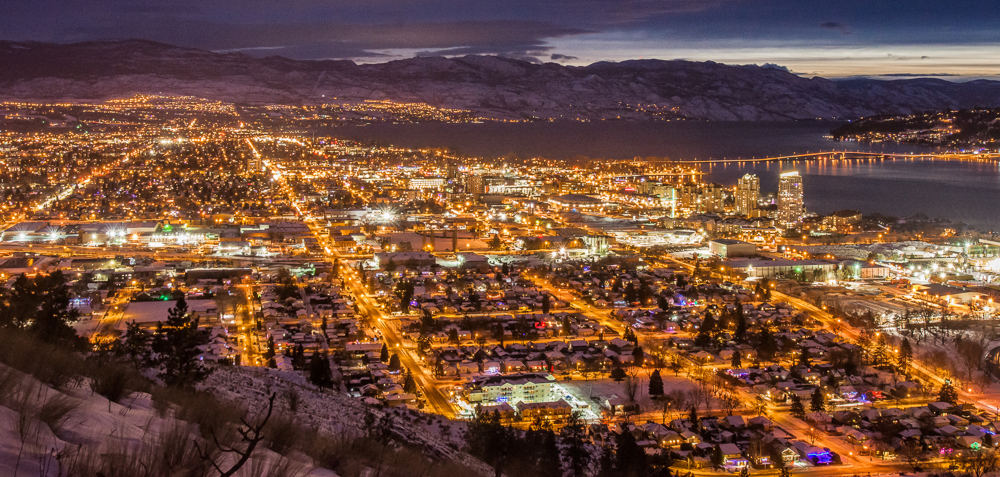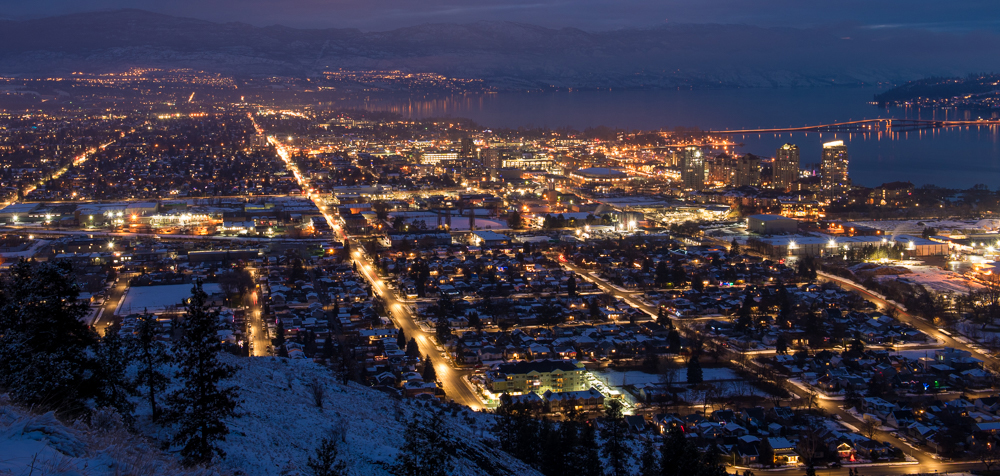Street lights
We maintain approximately 14,000 street lights. Around 10,000 of these are cobra style lights mounted on a wooden pole or a traditional sweeping street light pole. The remainder are a combination of lights mounted on top of a pole or are of a more decorative style.
Older poles, made of steel and coated with paint for protection, tend to corrode quickly, leading to short service life of approximately 20 years. We now install galvanized and powder coated poles (generally green for cobra style, and post-top, black for decorative). This combination provides a much longer service life in excess of 50 years.
If you spot a street light issue, such as a light outage, damaged light, missing covers/exposed wiring or tree branches blocking a light and causing a safety concern, please submit an online service request.
Each pole has a unique identifier number on its base that lets us know its precise location. Please include the number on the streetlight pole when reporting any issues, if possible.

We’re working to build vibrant urban centers and make improvements to City infrastructure. Street lighting is an important community service, but has historically consumed as much as 25 percent of a city’s energy budget.
The use of light-emitting diodes (LED’s) in roadway lighting fixtures is becoming more prevalent as advancements in LED technology continues. In 2016, following an LED street light pilot project, City Council endorsed the decision to convert the City street lights to LED’s.
The first phase was the conversion of over 10,000 Cobra style high pressure sodium street lights to LED and was completed in Fall 2018, taking just over six months. The next phase of the LED project is to convert the approximately 3,000 post-top and decorative style lights. This started in 2020 and will be completed by 2023.
Before LED conversion
|
After LED conversion
|
- Over the next 15 years, approximately $16 million dollars will be saved by converting these street lights over to LED
- The previous high-pressure sodium lamps have a short life span of around five years, while LED lighting has a much longer lifespan of 15-20 years
- The total cost to replace the lighting in Phase 1 was $3.75 million, and that cost was recouped within three years due to energy savings and reduced maintenance costs
- Annual electricity consumption has been reduced by 4.5 GWh per year, a 62 per cent reduction in energy use as a result of the conversion, which is equivalent to the electricity used to power more than 400 homes in B.C. each year





